Do you remember the famous cartoon character named Popeye? If you do, you must not have forgotten the source of his strength. Yes, it was Spinach 101. While facing a challenge, Popeye would open a can of spinach, consume it, and feel strong.

Don’t you believe Popeye’s not-so-secret source of energy? Well, let us convince you about it through this read.
This blog will discuss spinach’s history, types, uses, health benefits, potential downsides, and much more. Are you all set?
Origin and History of Spinach 101:
Spinach is thought to have originated about 2000 years ago in Persia, which is now known as Iran. The Persians used to call it “Aspanakh,” and it made its way to China in the 7th century as a gift by the king of Nepal.
In the 11th century, it was brought to Europe when introduced in Spain by the Moors. Interestingly, spinach was called the Spanish vegetable in England.
By the early 19th century, the cultivation of spinach had begun in North America. Today, it is grown in many different parts of the world.
Fun fact:
The Chinese used to call Spinach “The Green Herb,” and it is called ‘Kontomire’ in African regions.
Which Parts of Africa Grow Spinach?
Moroho is a spinach type found throughout Southern Africa. Its leaves have a mild taste and contain a high amount of minerals, vitamins, and proteins.
Another spinach grown in Africa is called Kontomire in the local language. This African spinach differs a bit from the spinach we know as it has thicker leaves.
Kontomires are the root tubers or leaves of Cocoyam, which is grown extensively in Sub-Saharan Africa, and it one of the most important staple foods in Africa.
Types and Uses of Kontomire:
Spinach was the first frozen vegetable to be sold for commercial use. Luckily, fresh spinach is also available all year long.

Given below is a list of the types of spinach:
- Flat or smooth leaf: This type of spinach has a milder taste than savoy, and it has spade-shaped leaves. This variety is mostly used for canned or frozen spinach, baby food, soups, and other processed foods.
- Savoy: Savoy has dark green crinkly leaves. Although it looks different from flat-leaf spinach, it tastes equally good.
- Semi-savoy: This type has slightly curly leaves, and it is gaining popularity day by day. While the texture matches that of the savoy leaves, this type’s leaves are easier to clean. It is usually sold fresh, but it can also be found in processed foods.
- Baby spinach: This is a smaller variety of savoy and is tender and sweeter.
- Red leaf spinach: This type of spinach has a deep green color with maroon veins and an earthier flavor.
Nutritional Value and Health Benefits of Spinach:
Spinach is loaded with nutrients and antioxidants. Here are the nutritional facts for about 100 grams of raw spinach:
- Water: 91%
- Protein: 2.9 grams
- Carbs: 3.6 grams
- Calories: 23
- Sugar: 0.4 grams
- Fiber: 2.2 grams
- Fat: 0.4 grams
A major Carbohydrate part of the Spinach is fiber, which is exclusively healthy. The fiber is insoluble, so it aids in digestion and helps prevent constipation. Moreover, spinach is a rich source of vitamins and minerals, some of which are listed below:
- Vitamin A: These green, healthy leaves contain Carotenoids that metabolize to generate Vitamin A by the body.
- Vitamin C: Vitamin C is a potent antioxidant, and it helps to strengthen the immune system and improves skin health.
- Vitamin K1: Vitamin-K significantly helps blood clotting. Scientific studies say that one spinach leaf is enough to fulfill over half of the daily body needs.
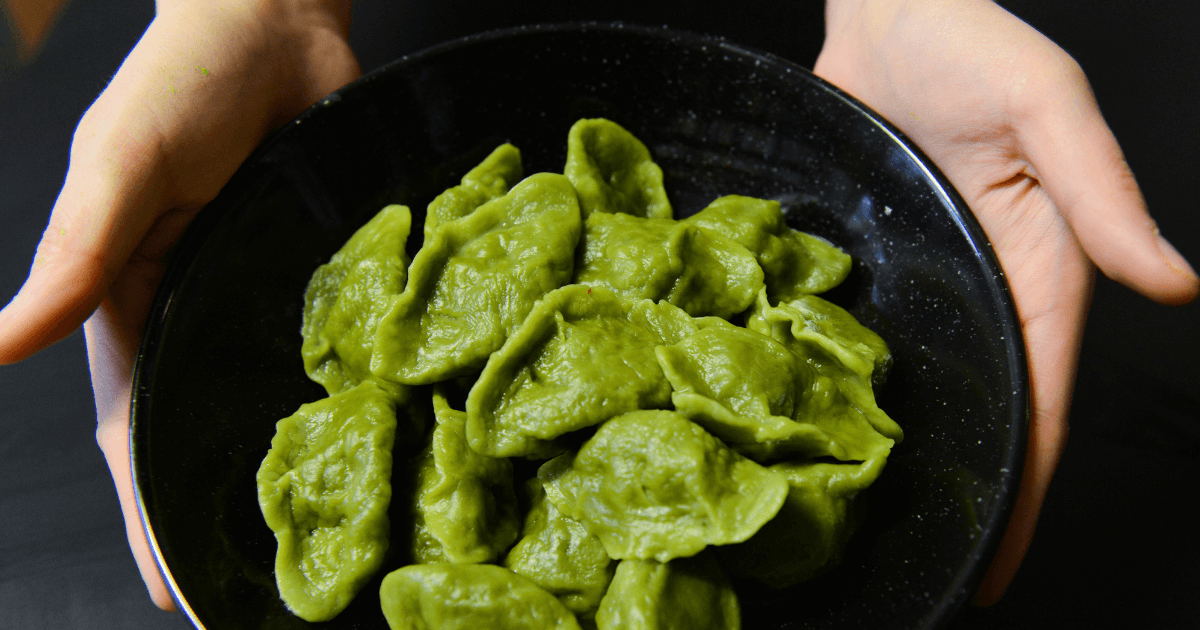
- Folic acid: Folic acid is also named Folate and vitamin B9. It’s an essential nutritional compound for pregnant women as it aids the growth of tissues and normal cellular function.
- Iron: Iron is essential for Hemoglobin formation, which transports oxygen from the lungs to the body’s tissues so they can perform their normal daily functions. Better start eating more spinach!
- Calcium: Calcium is a true friend of your bones, and also, it’s exceptionally worthy for the regular nervous system, heart, and lungs functionality.
The list of benefits and nutrition does not end here. Spinach also contains essential plant compounds, which are given below:
- Lutein: Improves eye health.
- Nitrates: Promotes heart health.
- Kaempferol: Minimizes the risk of chronic diseases, including cancer.
- Quercetin: A powerful antioxidant that can ward off inflammation and infection.
- Zeaxanthin: Supports its friend Lutein and keeps the eyes healthy.
Some Delicious Ways to Use Spinach 101:
Spinach is the star ingredient of the African spinach stew, known as Efo Riro. Moreover, it is also used to make spinach soup, rich in proteins, and low in calories. Nevertheless, there is much more to the usage of spinach in food. Everyone should know that how to cook spinach. So, let us look at some yummy ways to use every bit of spinach you have:
- Salads: Don’t you love the look of salads? Add more color and nutritional value to your salad by adding some spinach into it!
- Pizza: What stops you from making your home-made pizza more delicious by using spinach as a topping? It makes an appealing combination with meat, herbs, and cheese.
- A Green Breakfast: Make spinach a part of your breakfast by cooking it with some eggs. You would not regret it!
- Smoothies: Smoothies become healthier when you add whole foods like vegetables and fruits into them. So, it is time to make a green smoothy containing spinach!
- Creamed spinach: Creamed spinach is famous in Africa, and it’s served with seafood, chicken, beef, etc.
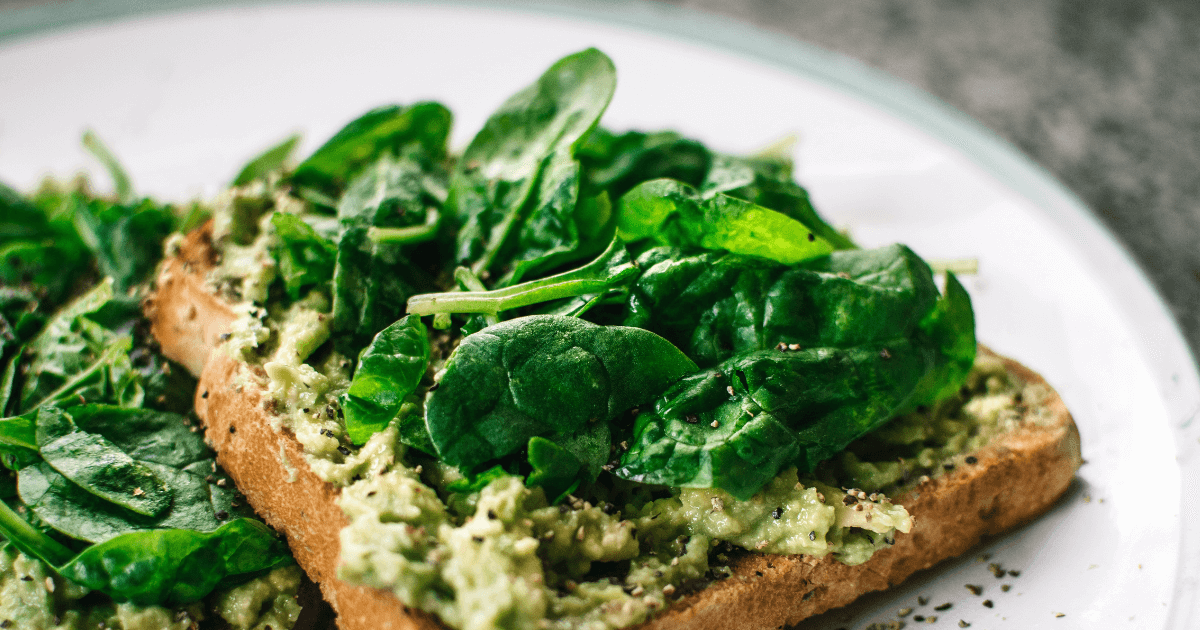
What is the Best Meat to Use for Spinach Soup?
Beef is considered the best type of meat to be used in the spinach soup. Beef enhances the flavor of the soup, and it is also healthy and nutritious.
Potential Downsides of Eating Spinach:
Spinach offers several health benefits, but it may cause health problems for some individuals if not used properly. Given below are some of these issues:
Kidney Stones
Kidney stones are formed due to acid and mineral salt buildup. One of the common kidney stones is calcium stones, which contain calcium oxalate.
Since spinach 101 is rich in both calcium and oxalates, people prone to the development of kidney stones must limit their intake.
Blood Clotting
Spinach contains Vitamin K1, which is best known for its role in blood clotting. So, it can interfere with blood-thinning medication.
Therefore, people taking blood-thinner like Warfarin must consult a doctor before consuming spinach in a large amount.
Some Frequently Asked Questions:
Cooked vs. raw spinach 101: Which is healthier?
The leaves of the spinach plant can either be eaten cooked or raw. Cooked spinach has an earthy flavor and a mushy texture, while raw spinach is milder and crisp.
According to Vegetarian Times, raw spinach has a higher amount of potassium, folate, Vitamin C, and Niacin. On the other hand, cooked spinach contains more Vitamin E and A, Zinc, Fiber, Protein, Calcium, Thiamin, and Iron.
Important carotenoids such as Lutein and Zeaxanthin turns to be more absorbable when the spinach is cooked. Therefore, it is healthier to eat cooked spinach too.

How to store spinach 101?
You can store unwashed spinach in a bag lined with a paper towel for up to 4 days. Additionally, you can also freeze it by blanching.
Is spinach 101 a superfood?
Spinach is a superfood as it has a low-calorie count and is exclusively loaded with nutrients. The dark, leafy greens are essential for healthy bones, skin, and hair, and so is Spinach!
Is spinach hard to digest?
Spinach contains a high amount of fiber. Once cooked, the fiber is broken down by the heat, making the spinach easier to digest.
So, it can be safely said that the digestion of raw spinach is comparatively harder than that of the cooked spinach.
Is it okay to eat spinach every day?
Too much of anything is bad, so it is better to consume the recommended amount of spinach daily. Precisely, aim for one cup of fresh spinach or half a cup of cooked spinach per day.
What is the best time to eat spinach 101?
Spinach contains fewer calories, and it can be consumed at any time of the day. Moreover, it does not have any fat content, so the body finds it easier to break down and process.
Fun fact: Spinach contains Calcium and Tryptophan, both of which help get a good night’s sleep. Aren’t you thinking about adding spinach to your dinner table?
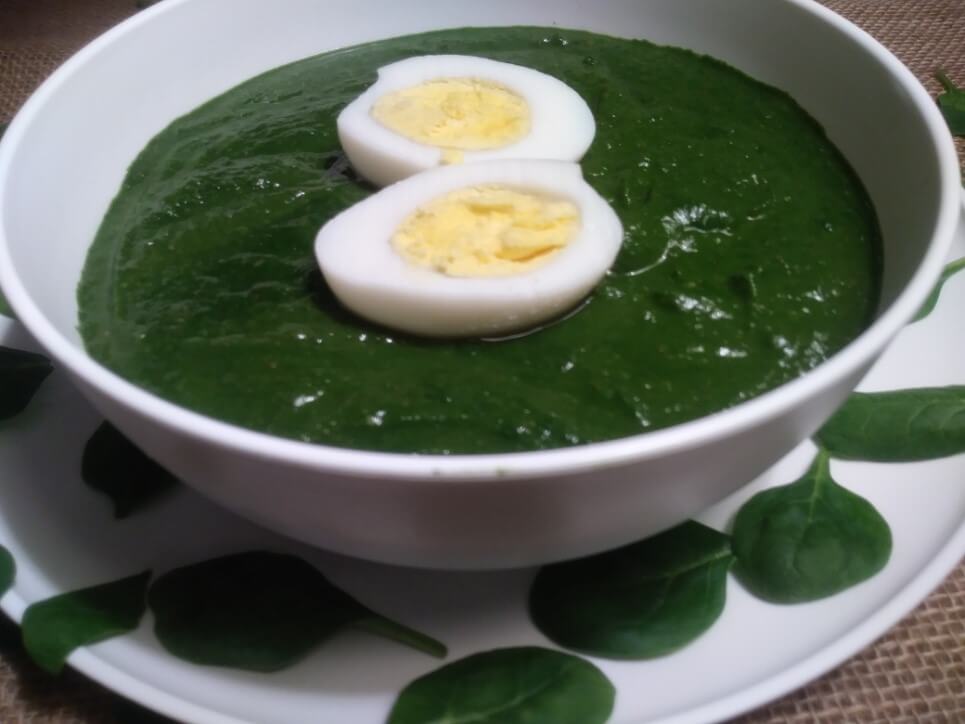
The Bottom-Line:
Spinach is highly nutritious and offers several health benefits. Due to this, it is a star ingredient of many food recipes followed throughout the world.
Moreover, it also improves heart health, strengthens the immune system, and acts as a shield against diseases like cancer. Therefore, making it a part of your everyday healthy, balanced diet can ensure that you exclusively avail of its unique benefits.
Happy eating!
Read about: How to Make Mackerel Soup

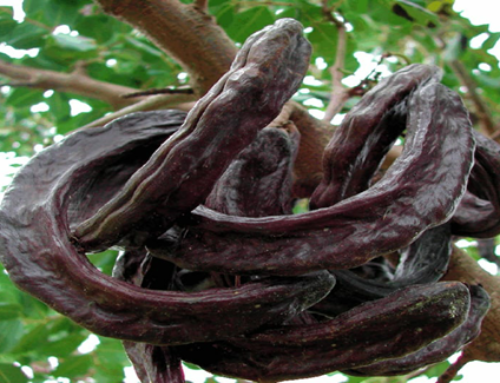


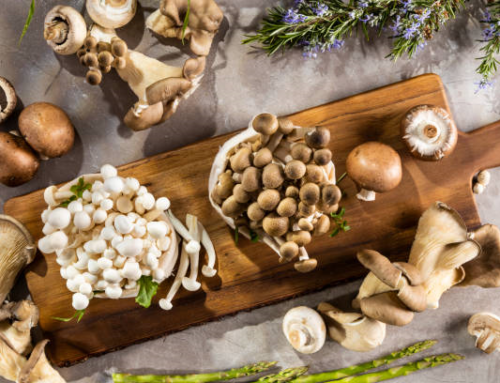
Leave A Comment